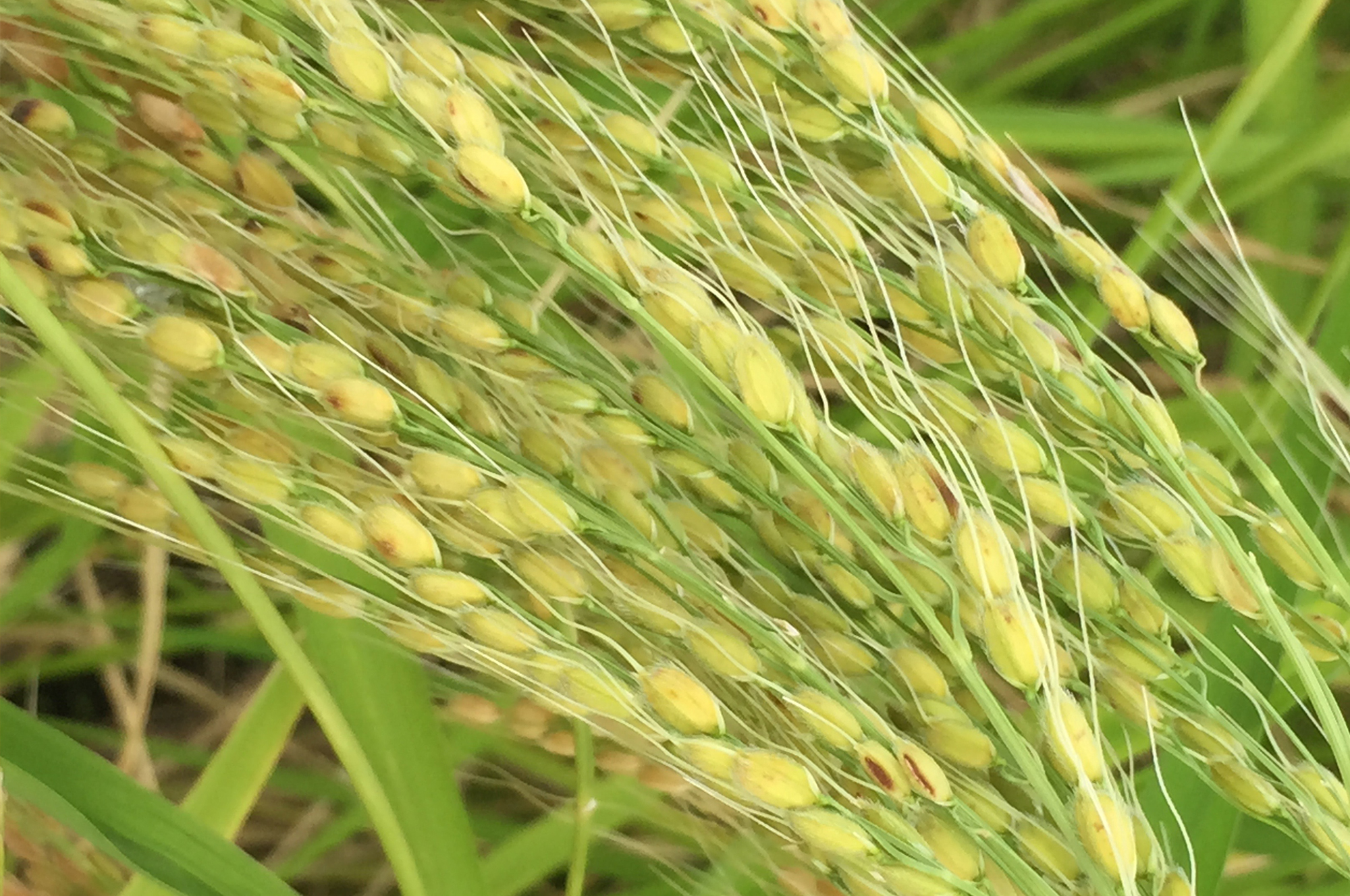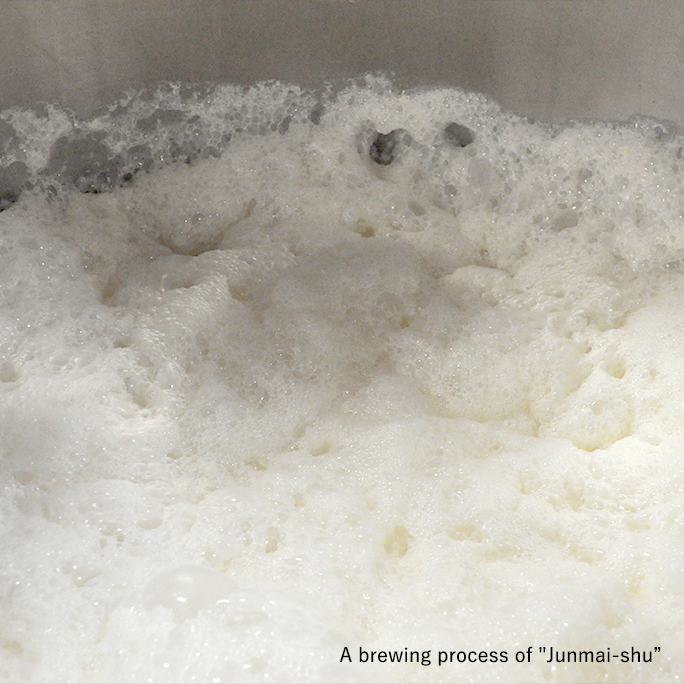Sake Fundamentals 2
Seeking the Perfect Hot Sake
Tip #1: Look for Junmai-shu (Pure Rice Sake)

AuthorToru Sakazaki

In our previous article, we introduced the remarkable world of warmed sake (in Japanese, okan or kan-zake). While we strongly recommend that everyone experience kan-zake, this doesn’t mean that every sake brew out there is tastiest and best enjoyed warm. On the contrary, there a many varieties of sake that are meant to be served chilled. In a sense, the chilled sake market is more mainstream, and more popular among the Japanese people.
Why is this? I believe the trend has something to do with the evaluation standard for sake used at the Annual Japan Sake Awards, a contest administered by the National Research Institute for Brewing.
For the purposes this competition, no sake is warmed, and the various brews of sake are judged based on various elements, with a less smooth taste, clear color, and—particularly in recent decades—a bright, floral aroma seen as the most desirable qualities. While being recognized in this contest is truly a remarkable achievement, prize-winning sake should be considered separately from the sort of sake that is most enjoyable to the average person. Nevertheless, it is a high honor for sake brewers to win an award in such a competition, and consumers also respect sake that has been “certified” by authorities. Still, this competition is not intended to be the ultimate measure of a sake’s superiority or inferiority, a fact which is misunderstood even by many (most?) Japanese people. It is a well-known fact that the Japanese are easily infatuated with the opinions of authority figures, trends, and brands.

Which brings us back to our initial question—what kind of Sake is best suited for okan? My answer would be: a good quality junmai-shu (i.e. a sake brewed without added alcohol). It is difficult to define “good quality” here, but please remember the most important word: “junmai.” The Japanese word junmai means “rice only (or “pure rice”), and junmai-shu refers to sake brewed with nothing but rice. You might be wondering: what else can be added to sake? The answer is brewing alcohol. Of course, there are also tasty brews of sake that include a small amount of brewing alcohol, and some of them are even good warmed (okan). Generally speaking, however, brewing alcohol is esentially tasteless and odorless. While it works well for “dry” or less rich sake that are best enjoyed chilled, it can unfortunately generate a less pleasant odor when heated. Many Japanese people come to dislike hot sake (okan) after drinking a non-junmai (alcohol-added) sake that was unsuited for being heated.
The number one reason to heat sake and drink it as okan is to expand the rich savory notes and “umami” of rice, and added brewing alcohol is not necessary for this. Therefore, pure junmai-shu—which allows you to savor the rich “umami” of rice—makes for the best hot sake.